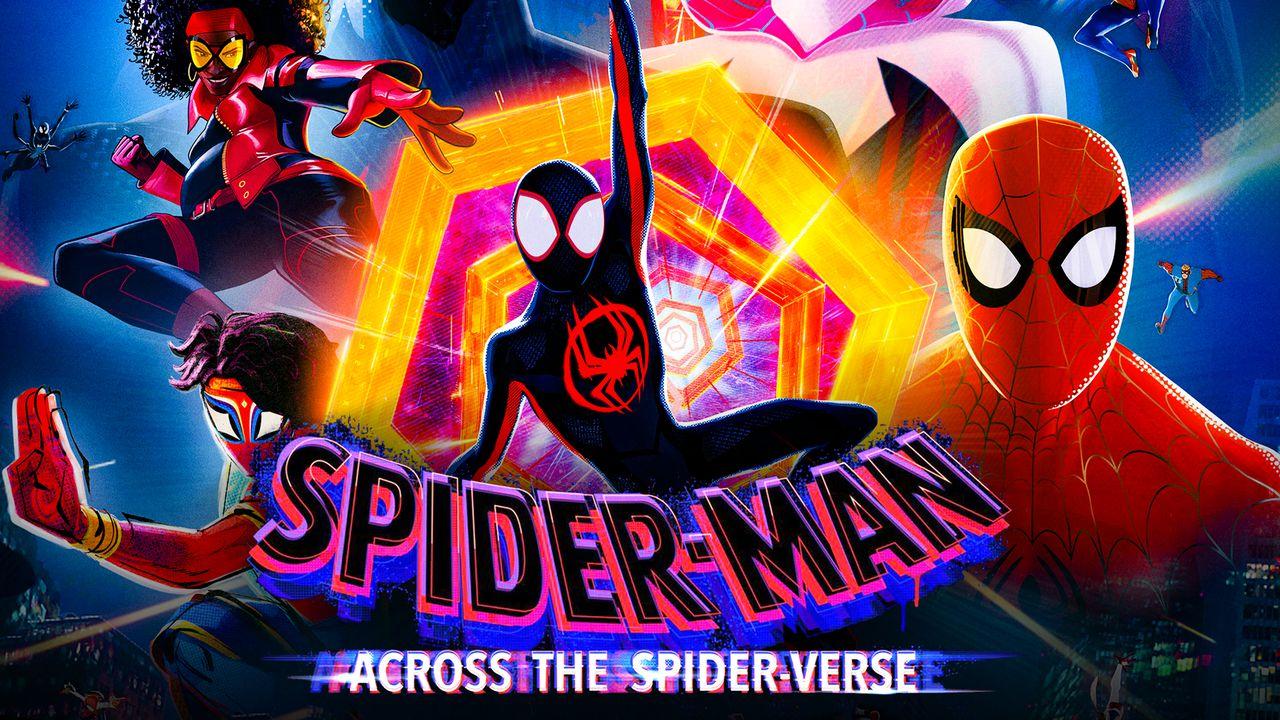SPIDER MAN ACROSS SPIDER VERSE SPOILER FREE REVIEW
However, based on the success and positive reception of the first film, there is a lot of anticipation and excitement surrounding the sequel. "Spider-Man: Into the Spider-Verse" was praised for its unique animation style, compelling storytelling, and diverse representation of Spider-Man characters from different dimensions.
Fans are eagerly looking forward to seeing how the story continues and explores the concept of the Spider-Verse further. The sequel is expected to introduce new characters and explore different dimensions, building upon the multiverse concept established in the first film.
IT’S NOT A spoiler to say that Spider-Man: Across the Spider-Verse begins with a drum solo. Or, rather, it’s not a spoiler if the details of who’s playing and why are kept secret. For the purposes of this argument, those details aren’t relevant. What is relevant is that as the solo gets played Gwen Stacy delivers a bit of exposition so succinct, you don’t even realize its exposition. Each shot is so beautifully illustrated, so expertly soundtracked, it settles right into your cranium where it belongs. Settle in, they beckon, you’re going to love this.
Love it, you will. At two hours and 20 minutes, Across the Spider-Verse runs slightly longer than its predecessor, Into the Spider-Verse, but it sails by just as quickly. Freed of the responsibilities of continuity with the rest of the Marvel Cinematic Universe, the movie swings from joke to plot point with charming alacrity. It’s not that the film is disconnected from the MCU—characters from those movies get nods (and that’s all I’ll say about that)—but rather that it doesn’t bear the narrative burden the live-action movies do. No one is expecting this film to set up Ant-Man 4, and because it exists in the Spider-Verse, it can go where it likes, do what it wants. Other Marvel movies should be so lucky.
Back in 2015, when Tom Holland was cast as Spider-Man, there had been rumblings on the internet that maybe the next Spidey series could be fronted by Miles Morales, the half-Latino, half-Black teenager who had been wearing the Spidey suit in Marvel comics’ Ultimate line. That didn’t come to pass, and Holland has been a stellar Peter Parker, but when Lego Movie directors Chris Miller and Phil Lord were tapped to make an animated Spidey movie, they knew what to do. Their Spider-Man was Miles, a teenager from Brooklyn whose world is awash in the borough’s vibrant style. Visually, Into the Spider-Verse felt like a love letter to New York City, Wild Style, and comics themselves. Emotionally, it was a paean to kids who don’t always feel welcome in the outcast-friendly world of superheroes. It won the Oscar for Best Animated Feature in 2019.
Across the Spider-Verse looks to take that success even further. It may not have the franchise power to bring in the $100-million-plus opening hauls of other MCU films—it’s projected to bring in $80 million domestically this weekend—but no one who does see it will walk out of the theater going “Eh, it’s just another Marvel movie.” Kevin Feige and the Marvel Studios team have spent the better part of a decade crafting a perfect, interconnected franchise. It’s been wildly successful; developing the MCU formula has made the movies formulaic. Everyone expects cameos and post-credits scenes. Baddies from one movie pop up in another. Some get their own shows on Disney+. Across the Spider-Verse, meanwhile, looks like no MCU film—or, really, like no comic book film—you’ve ever seen.
Take that literally. Because Across takes place in an animated multiverse, one littered with myriad Spider-People across countless timelines, each Spidey, and the world they come from, has their own visual style. The Spider-Man known as Miguel O’Hara lives in a Nueva York that looks vaguely cyberpunk. Spider-Gwen’s world has a few more softer pastels and visible brushstrokes. Spider-Punk looks like he’s made of underground zines. The examples are endless. Where everything in a traditional MCU film has a “cool-but-powered-by-greenscreen” flavor, Across the Spider-Verse looks like a comic-lover’s sketchbook collages come to life. That’s corny, but there’s no other way to get across just how fucking beautiful this movie is.
At a key point in Across the Spider-Verse, one of those many other Spider-People says to Miles Morales that he does not belong with them. The spider that bit him, setting off that well-trod series of events that creates Spider-Folks, was meant for his timeline’s Peter Parker. This is, of course, the moral of the film: Just because someone says you don’t belong doesn’t mean it’s true. In a cinematic universe clogged with a lot of same-y superhero movies, Across the Spider-Verse proves that the future of the genre lies in movies that break the mold. Welcome to the new worldwide web.



Comments
Post a Comment